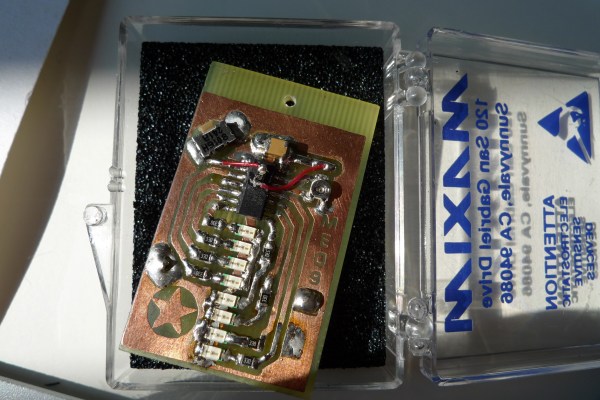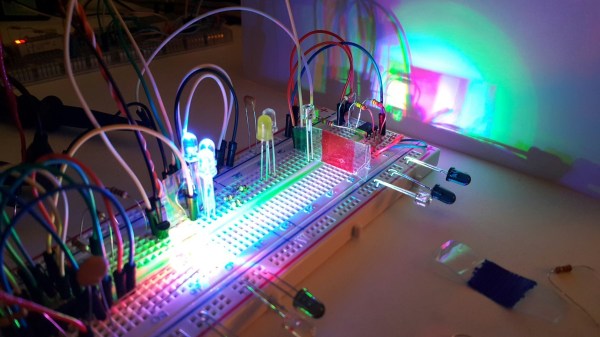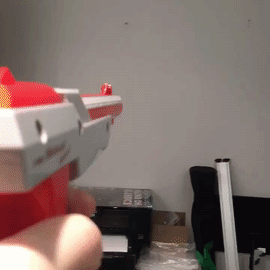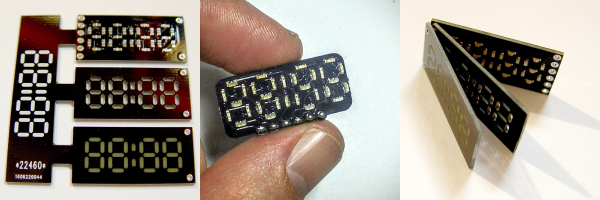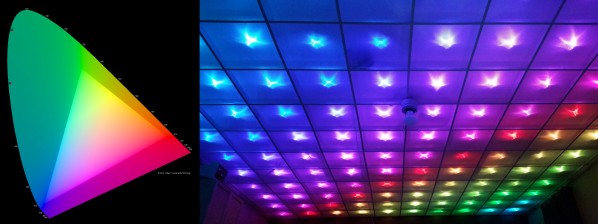As the story goes, years ago [Matt Evans] was wooing the beautiful and talented [Jen]. There were many suitors vying for her hand; he would have to set himself apart. The trouble was, how to convince her that persisting in the relationship was the best and only course? What did he have to offer? Of course many of us know the answer; having wooed our own significant others with the same thing. Incredible and unrepentant nerdiness.
So! He toiled late into the night, his eyes burning with love and from the fumes of solder smoke. For her he would put his wizardry to work. At the wave of a hand would write songs of adoration in the air with nothing but light. The runes of power, all typed out in the proper order, would be held by a ATiny. A CR2032 coin cell provided the magic pixies which would march to its commands, delivering their spark to the LEDs in the right order.
He etched the board, wrote the code, and soldered the components. He encased it in his finest box of crystal clear plastic and black static foam, a gift of the samples department of the Maxim corporation.
Presumably the full moon was high in the air when he presented the box. He took it out and waved it with a flair. Poetry floated there in front of her eyes. It read, “Jen is cool!”. A few years later, they were married.

